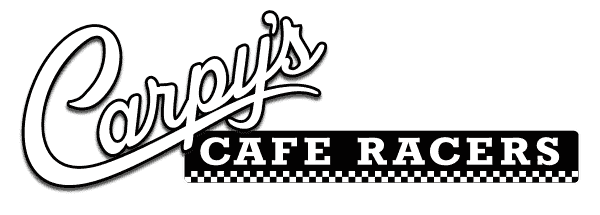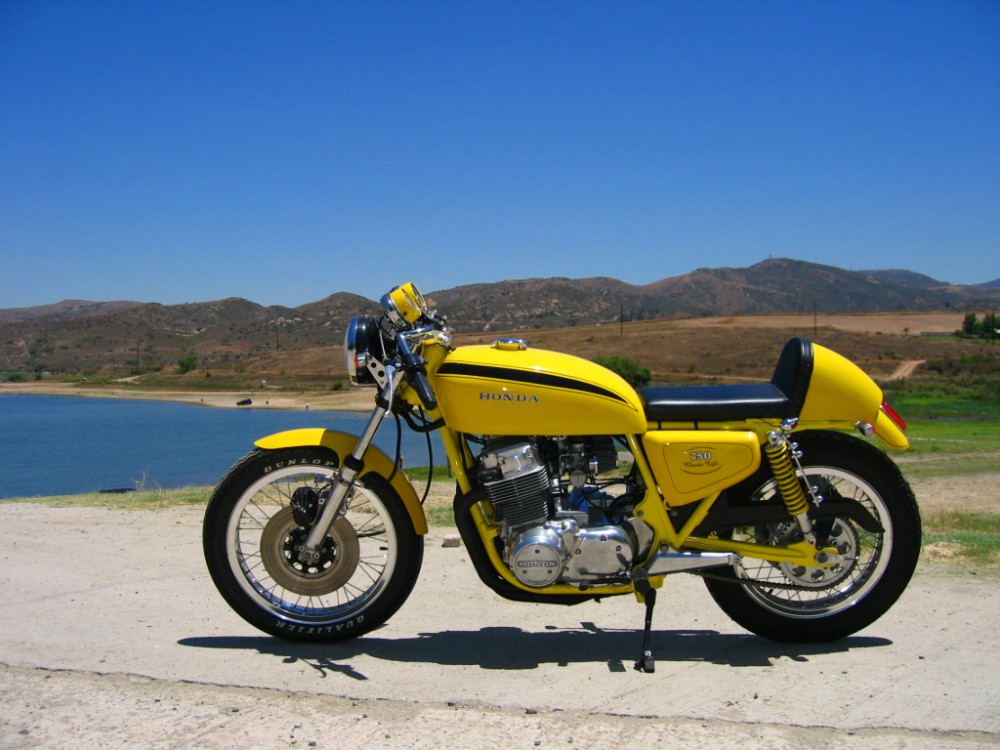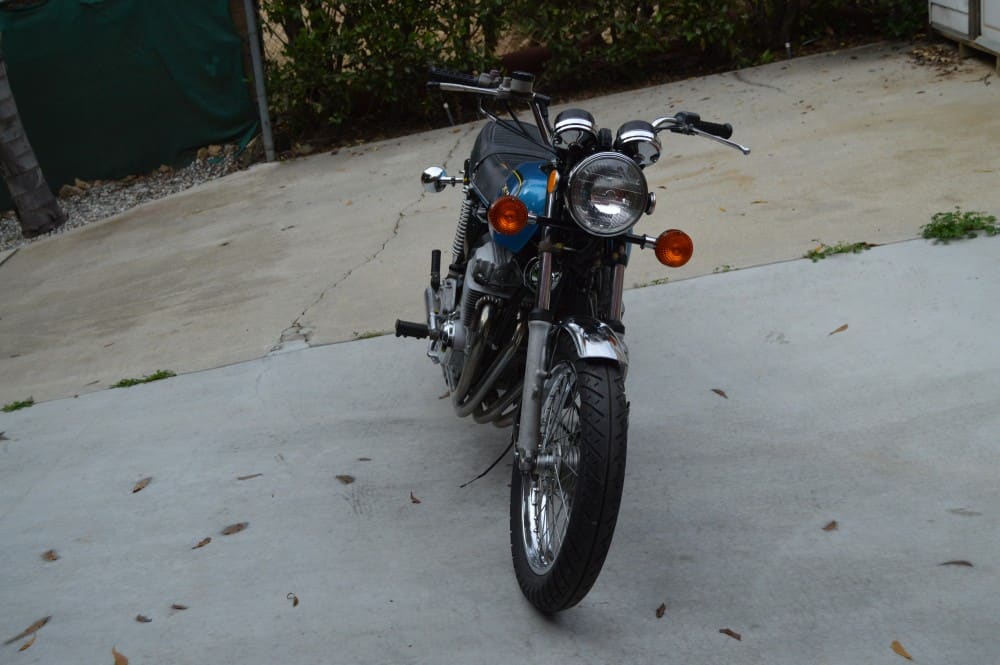I recently came across some old CD’s that I had tucked away in a drawer, glad I took some pics of some of the motorcycles that I have created, they say if you put them on the internet, it’s there forever, but that’s incorrect as I had quite a few bikes on there and cannot […]
Tag Archives: Honda SS
I never know what may turn up at the workshop these days and this time I was surprised to unload a pretty clean 1975 Honda CB750F Super Sport , this has only 8000 miles on the odometer and is a one owner machine that a Customer just purchased locally and then bought it along to […]


